Description
 Kit Contents
Kit Contents
1 600 ml ceramic jar to store your starter.
1 tub of chocolate enfused sourdough starter.
1 set of Sourdough Cards
1 x Chocolate Starter card
1 x Basic sourdough recipe
1 x Sourdough Loaf Record
1 x Sourdough Baking Schedule
1 x Sourdough Flavour & Tasting Card
3 x 35g Organic cocoa & sugar mix
You can add any of The Sourdough School recipe books to your order should you wish to.
What kind of sourdough can I make using a chocolate starter?
You can make any bread with this starter. This robust starter can be used to leaven any bread whatsoever but we particularly love this starter with the rye formula on page 127 of The Sourdough School book, and the Chocolate & Roast Hazelnut recipe on page 145. It is beautifully lactic and makes deliciously sweet sourdough but don’t limit it to the ones we suggest in the book. Cacao works as a beautiful background flavour, but it also brings specific lactic acid bacteria that thrive in warmer temperatures. Cocoa fermentation takes place 10 degrees either side of the Equator because cocoa trees grow well in humid tropical climates with regular rains and a short dry season.
This is one of the reasons that this is a starter we recommend to our students if they live in a warm climate.
Chocolate starter Lactic Acid Bacteria microbial analysis.
Lactobacillus plantarum (43%) is the dominant bacteria and it is a homofermentative LAB that is commonly present in both cocoa bean fermentations and sourdough starters. It can grow at temperatures between 15-45?C and at pH levels as low as 3.2. These bacteria normally share a symbiotic relationship with F. pseudoficulneus, one of the other heterofermentative bacteria present in the starter culture. Lactobacillus sanfranciscensis (38%): was first discovered in 1973 in San Francisco and is a heterofermentative LAB that gives sourdough bread a characteristic sour taste. It is commonly present in most sourdough starters and temperatures of 33 °C leads to maximum growth rates.
Lactobacillus fermentum (16%): is a heterofermentative LAB and can be categorized as the ones best adapted to the cocoa pulp ecosystem. Certain strans of L. fermentum are commonly used in probiotic supplements and have shown to be heat resistant and survive low pH. There are also certain strains of L.fermentum in sourdough that have the ability to produce amylase enzymes. These are required for the breakdown of starch into simple sugars, and may also help explain why this starter is a lively one.
Fructose pseudoficulneus (12%): is a facultative heterofermentative LAB that has shown to be a well-adapted bacterial species of cocoa fermentation. It has also been shown to survive high temperatures and pH. They generally prefer to utilise fructose as their primary food source producing a mixture of lactic and acetic acid but can also utilise glucose with lactic acid as the main end product.
Acetobacter pasteurianus (8%): Is an acetic acid producing bacteria and is one of the predominant species of bacteria found in cocoa fermentation. During cocoa fermentations, one of the main roles of A. pasteurianus is to kill the germ of the bean to prevent growth. The bacteria also alter several compounds made by other organisms and effectively alters the taste and flavour of the final product. It’s also fascinating to see that pasteurianus is also used in the fermentation process used to produce the traditional Japanese black rice vinegar kurozu.
* Please note that our sourdough starters are built up, nurtured and posted out in absolute peak condition. This takes time and so they are posted out a few times a year. If you choose a starter kit then the whole kit will be sent as one. We refresh and pack the starter here at the school to ensure each starter is in optimal condition and at its most active.
* We suggest that when you receive your starter it is refreshed immediately. As you might imagine it will have been traveling for a few days and in need of feeding ASAP in accordance with the instructions on the Chocolate Sourdough Starter refreshment record card – included in the kit.
* For best results, continue to refresh your starter using the recommended flour, or at least one that is very similar. Using a different flour can alter the microbial composition of the starter and may affect its level of activity. Failure to feed the starter with the ingredients we suggest, or at longer intervals than recommended will change the way it behaves.
* We cannot guarantee that the starters contain the exact microbes we have listed above as microbes have a tendency to change over time. We can only share the information – this was the analysis at the time of testing in November 2017.

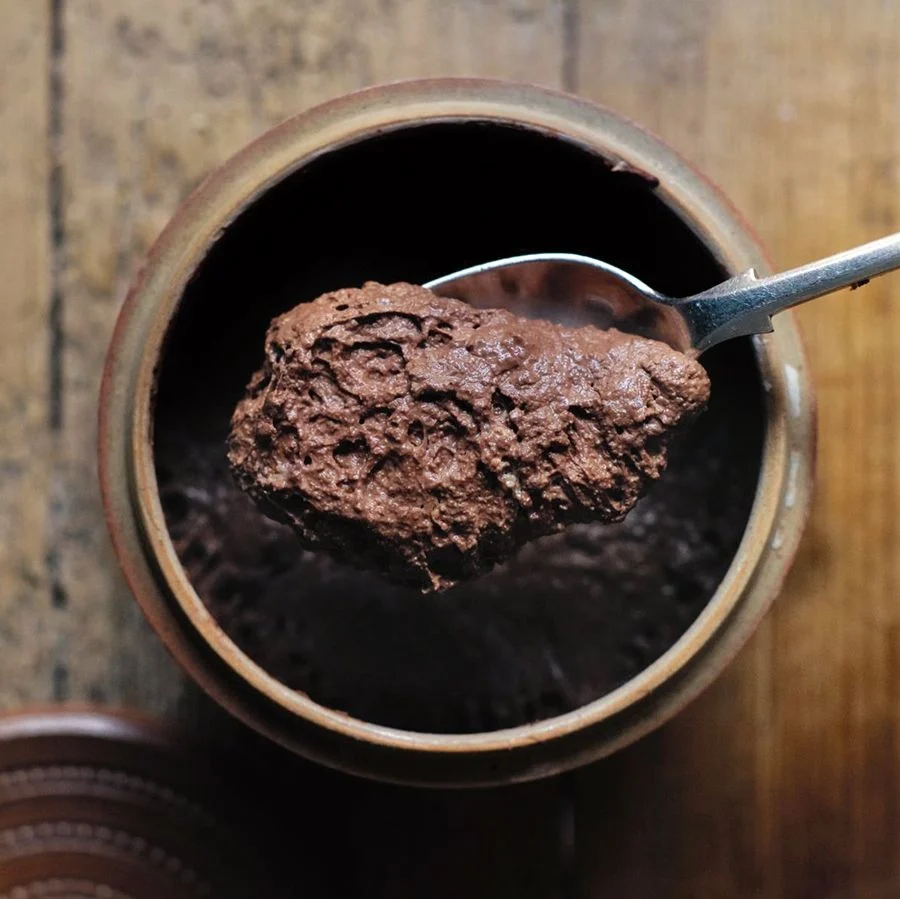
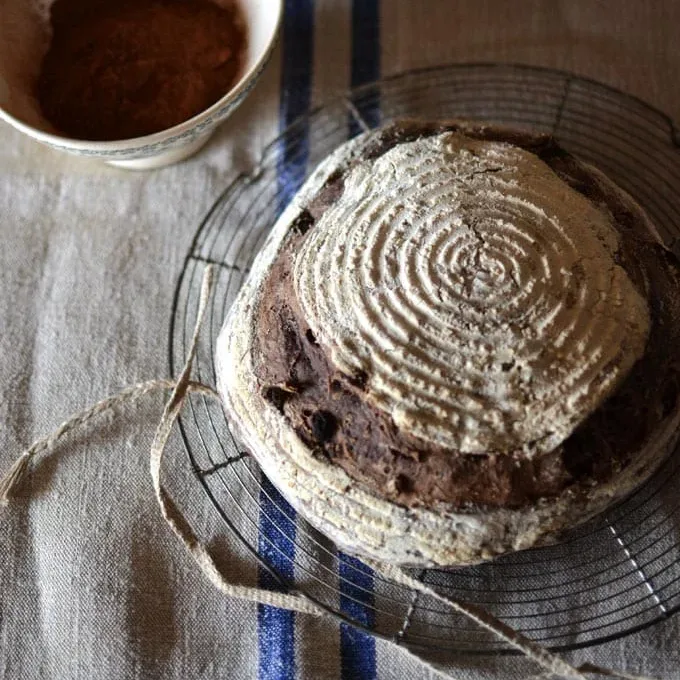
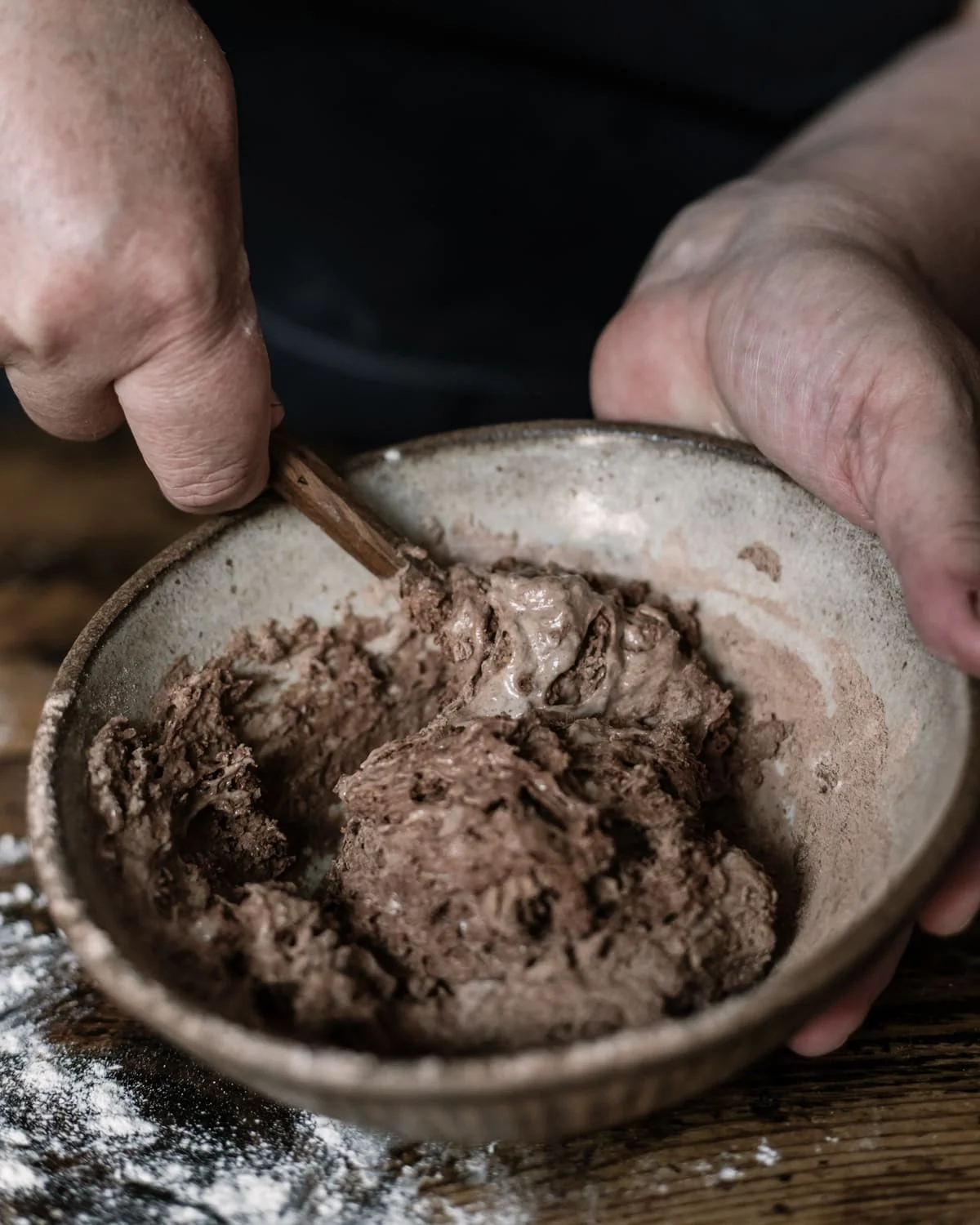



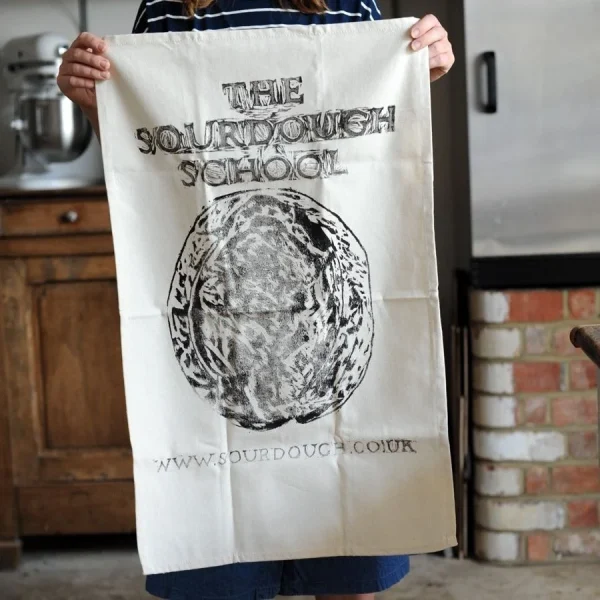

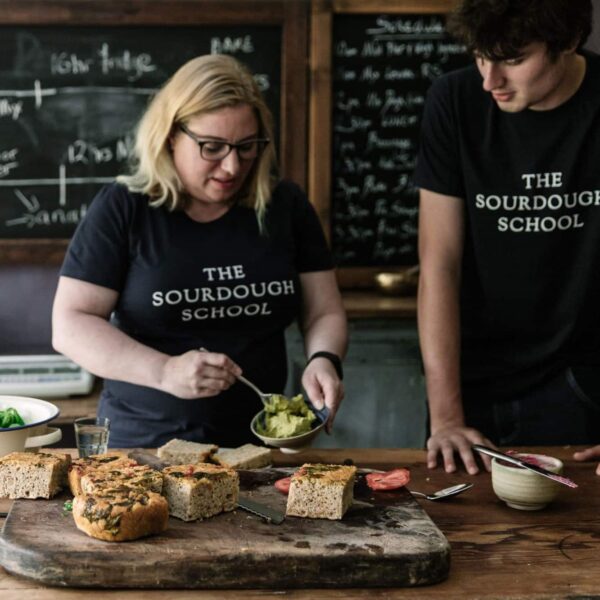

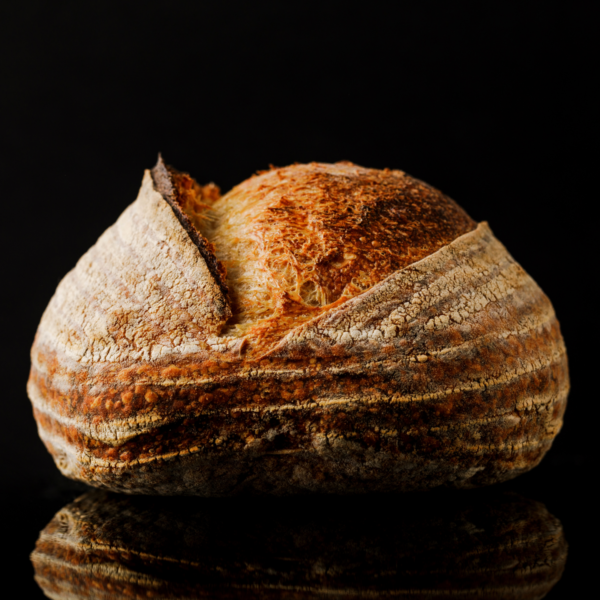
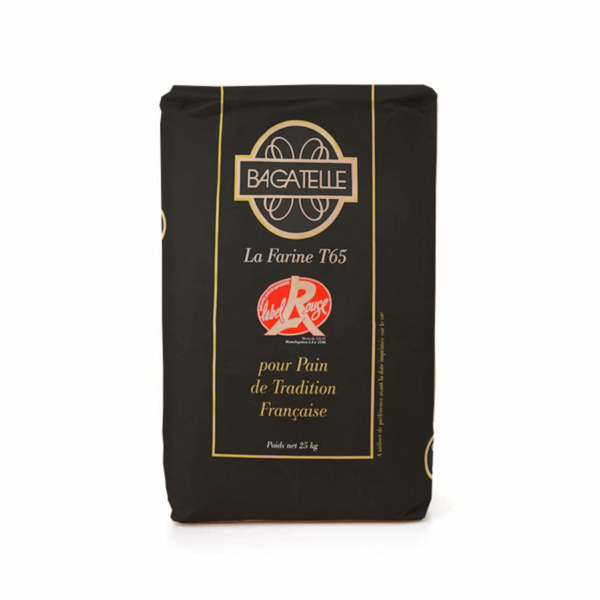
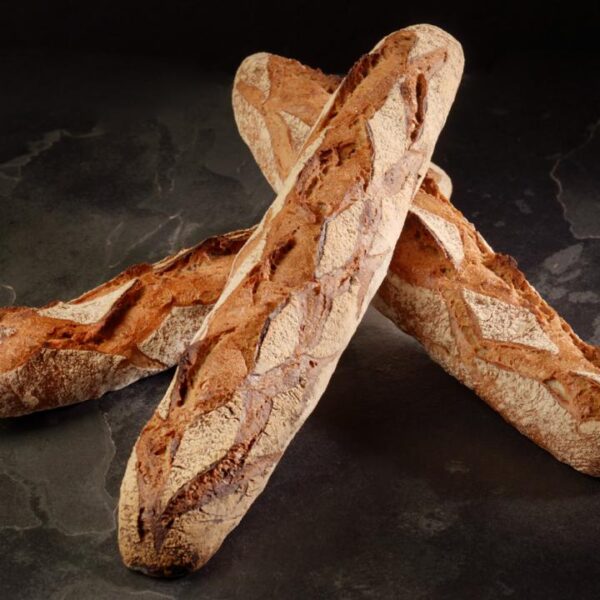
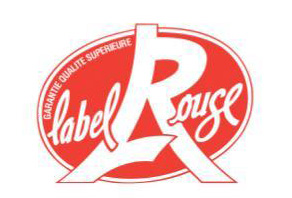 A superb T65 white wheat flour with label rouge status. This Bagatelle flour from French mill Foricher is used by bakers to make incredible baguettes and other breads. Produces a golden crumb.
A superb T65 white wheat flour with label rouge status. This Bagatelle flour from French mill Foricher is used by bakers to make incredible baguettes and other breads. Produces a golden crumb.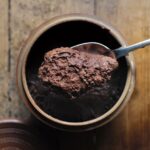
There are no reviews yet.